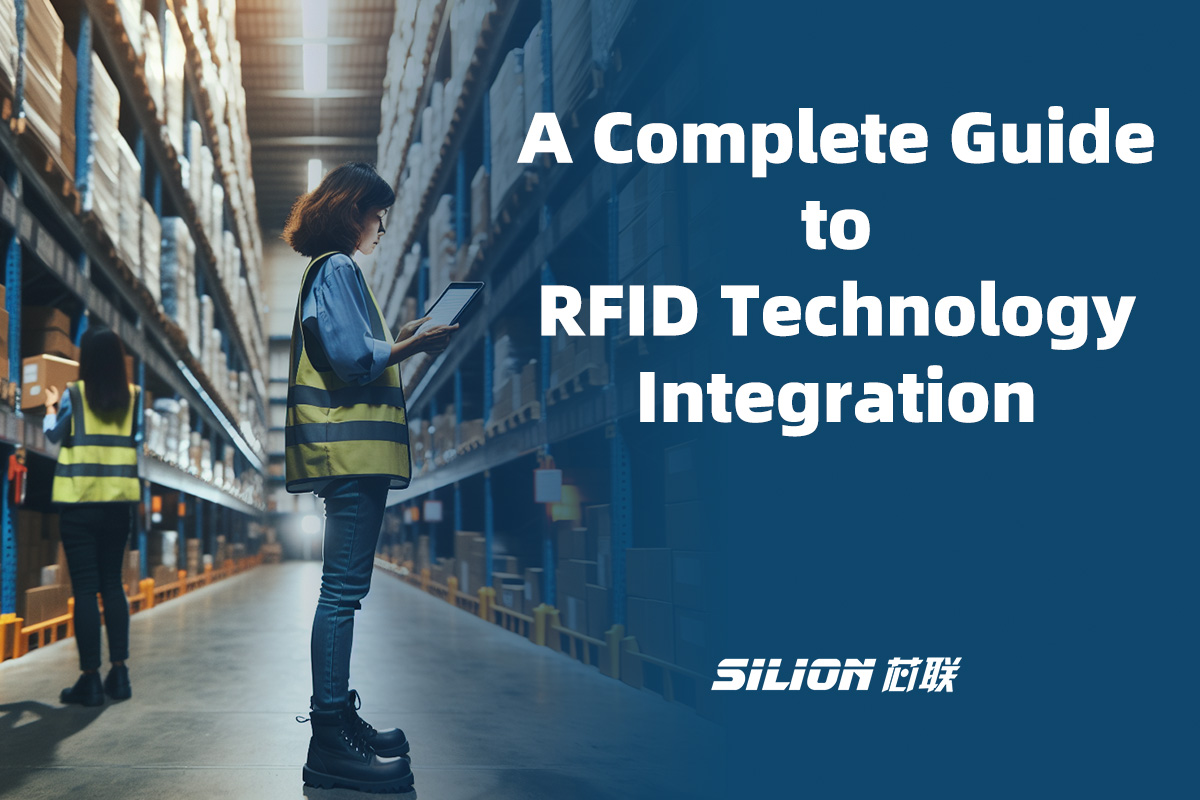Your location: Home Page > RFID Blog | SILION TECH > A Complete Guide to RFID Technology Integration
News and Information
A Complete Guide to RFID Technology Integration
Author:2024-01-29 15:21:14
In the ever-evolving landscape of business operations, adopting cutting-edge technologies is imperative for efficiency and accuracy. One such technology making waves in asset management is Radio-Frequency Identification (RFID). In this comprehensive guide, we will delve into the strategic planning, implementation process, and methods involved in seamlessly integrating RFID technology. From asset tagging to designing automated auditing processes, we'll explore the key steps to revolutionize your asset management system.

Strategy and Planning for RFID Technology Integration
Before embarking on the RFID integration journey, it's crucial to lay a solid foundation through strategic planning. Identify your organization's specific needs, goals, and budget constraints. Engage stakeholders in the decision-making process to ensure alignment with overall business objectives. Conduct a thorough risk assessment to mitigate potential challenges during implementation. Crafting a robust strategy ensures a smooth transition to RFID technology, enhancing the overall efficiency of your asset management system.
Process and Methods for Asset Tagging
Asset tagging is the backbone of RFID technology integration. Efficient tagging streamlines the tracking and management of assets. Choose RFID tags based on the type of assets, environmental conditions, and required read range. Implement a systematic approach to tagging, ensuring consistency and accuracy. Incorporate barcode or QR codes for redundancy, creating a fail-safe system. Through meticulous asset tagging, you set the stage for a seamless and precise RFID-enabled asset management system.
Layout and Integration of RFID Readers and Networks
Strategically placing RFID readers is pivotal for maximizing system effectiveness. Consider the physical layout of your facility, ensuring optimal coverage. Integrate RFID readers into existing networks, guaranteeing real-time data flow. Evaluate the need for fixed and mobile readers based on asset mobility. Leverage a scalable infrastructure that accommodates future expansions. By thoughtfully designing the layout and network integration, you create a robust foundation for RFID technology to flourish.
Design and Implementation of Automated Auditing Processes
Automated auditing is a game-changer in RFID-enabled asset management. Develop custom audit processes to automatically reconcile physical and recorded asset data. Implement exception-based reporting to swiftly identify discrepancies. Fine-tune audit parameters to align with regulatory requirements and organizational policies. Regularly update and optimize the automated auditing system to adapt to evolving business needs. The integration of automated auditing processes ensures accuracy, minimizes human error, and enhances overall operational efficiency.
Tools for Data Analysis and Report Generation
Harnessing the power of RFID technology goes beyond tracking assets – it offers a treasure trove of data for analysis. Utilize advanced analytics tools to derive meaningful insights from RFID-generated data. Generate comprehensive reports to aid decision-making, improve forecasting, and optimize asset utilization. Invest in user-friendly dashboards to facilitate data interpretation across different organizational levels. With powerful data analysis tools, you transform raw RFID data into actionable intelligence, driving continuous improvement within your asset management processes.
Incorporating RFID technology into your asset management processes requires meticulous planning and execution. From strategic planning to automated auditing, each step plays a crucial role in maximizing the benefits of RFID integration. Embrace this transformative technology, and propel your organization towards a more efficient and streamlined future in asset management.